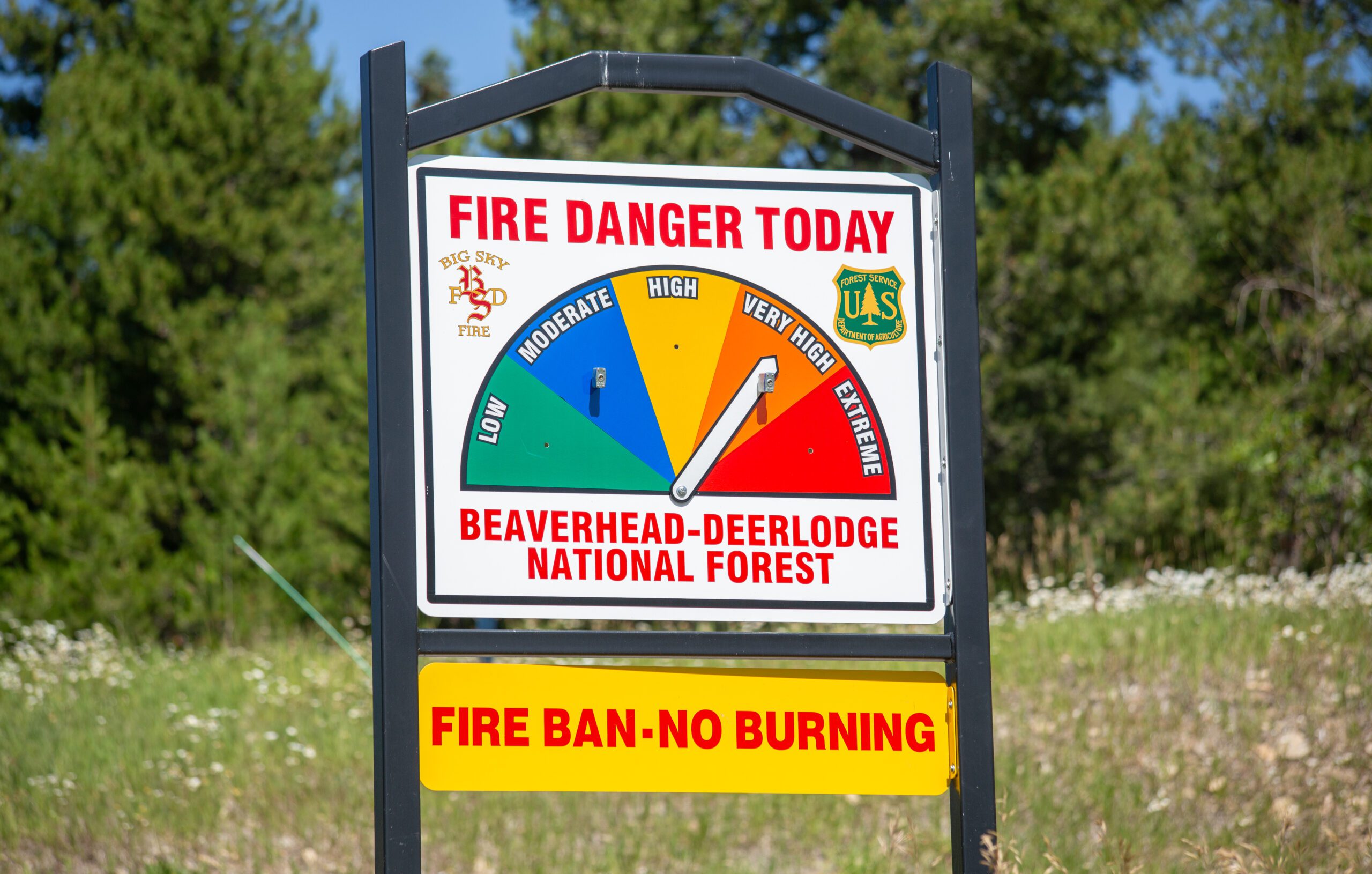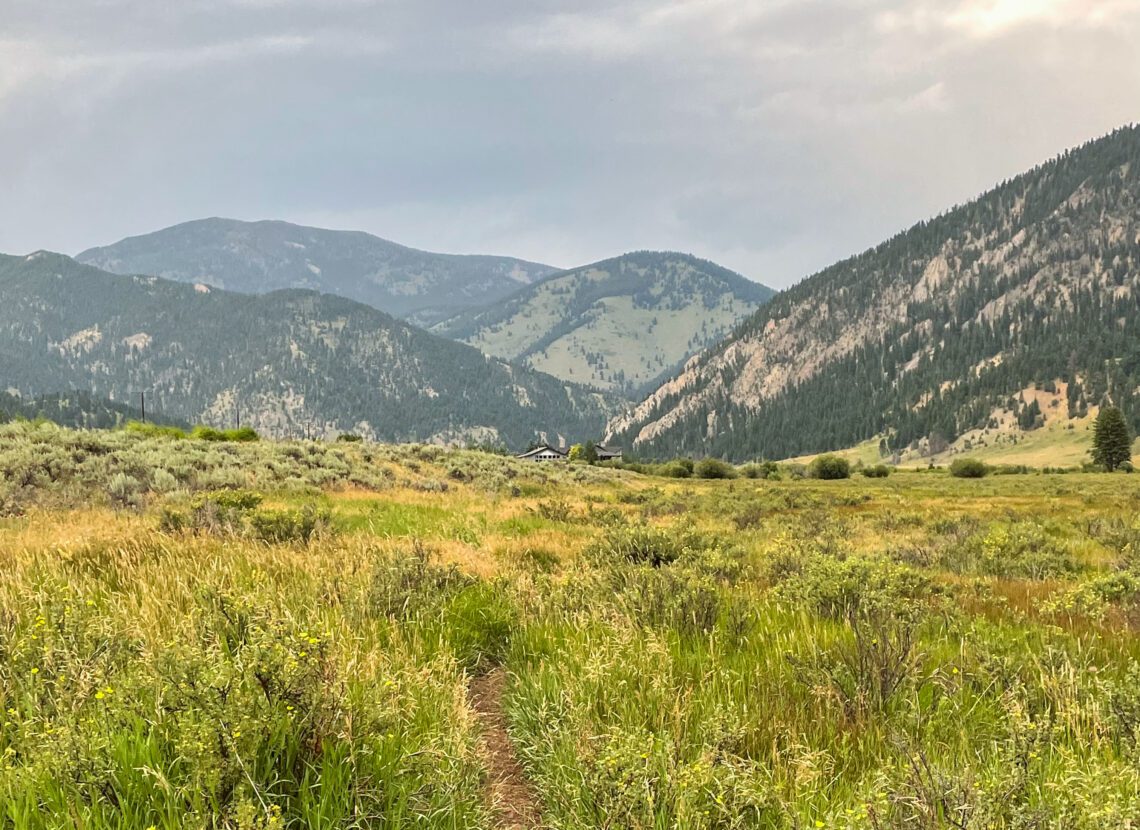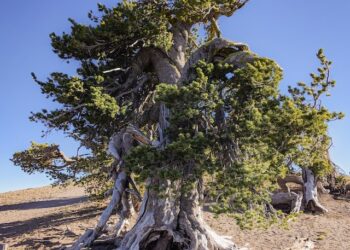As wildfires intensify across the West, Montana experts highlight the growing risks of the wildland-urban interface and the need for fire-resistant development
By Avi Lapchick EBS CONTRIBUTOR
On Monday, Jan. 27, five Big Sky Fire Department personnel returned home after two weeks of battling the Palisades Fire in Los Angeles County, California, alongside an engine and a command vehicle.
Since its ignition on the morning of Jan. 7, the Palisades Fire has burned over 23,000 acres and the neighboring Eaton Fire has consumed over 14,000 more, with the fires at 77% and 95% containment, respectively, as of Jan. 24, according to a report from NBC4 Los Angeles.

Though not the deadliest string of fires in California’s history, the Eaton Fire has become the state’s second most destructive wildfire incident in just under a month, with more than 7,000 structures destroyed, behind the 2018 Camp Fire in Butte County, which destroyed nearly 19,000.
While a significant factor in these fires’ rapid spread is a preceding nine-month stretch of little to no rainfall—combined with Santa Ana wind gusts upwards of 80 mph—an emerging factor is a wildland-urban interface, or WUI, which refers to the boundary between natural and human development.
The increase in infrastructure density in these fire-prone areas across the Western U.S. has contributed to a 246% increase in structure destruction over the past two decades, according to a study published by The Conversation in Feb. 2023.
As of July 2021, Montana’s population density averages about eight people per square mile. Compared to California’s average of 251 people per square mile, the infrastructure density required to accommodate its population density, coupled with its predisposition to wildfires, means significantly higher levels of destruction.
However, this does not mean that wildfire conditions in Montana are expected to prove any less proportionately devastating.
Philip Higuera, one of the authors of the study and a professor of fire ecology at the University of Montana, spoke withExplore Big Sky about the key differences in wildfire behavior between California and Montana, and how this affects our preparation initiatives ahead of the upcoming fire season.
“The biggest difference where states like Montana, Wyoming and Idaho stand out is the proportion of area burned that is dominated by human ignitions. So accidental, unplanned, human ignitions versus lightning ignitions,” Higuera said.
Of Montana’s nearly 2,000 wildfire incidents in 2024, 1,300 were human-caused. In California, human-ignited fires accounted for about 95%. Higuera suspects these recent L.A. County fires fall into that category as well.

In terms of wildfire mitigation, Higuera pointed to practices that predate contemporary infrastructure such as prescribed burning, historically employed by indigenous nations and proven effective in reducing wildfire devastation.
Additionally, he stressed the importance of building infrastructure with fire risk in mind.
“[Mitigation] also really importantly includes the way we build our homes and structures, like, literally the building material and just the spatial arrangement of where we build,” he said. “I don’t know if I want to put a weight on it, but it’s equally or more important than actually managing fire itself.”
Big Sky Fire Chief Dustin Tetrault echoed this sentiment, raising concerns about an increase in flammable developments in Montana.
“The biggest problem here is the built environment that we’re putting in these areas. [Developers] are putting a high-density amount of flammable homes in wildland-urban interface areas,” Tetrault said. “Fire has always been around. Fire has been on the landscape well before we were ever here. We need to be able to coexist with that. Part of coexisting with that is appropriate building structures in WUI areas.”
Though only 1.5% of Montana is considered WUI land, 63% of homes are located within these bounds. This figure has doubled since 1990, as have the risk zones for widespread burning.

This prescription, he said, comes in the wake of the L.A. County fires and the density of combustible infrastructure in the area.
“When these things happen to flammable areas, like what happened in Los Angeles, there’s no amount of fire suppression in the United States that’s going to stop that fire,” Tetrault said.
On a department level, however, Tetrault shared that his team’s response initiatives have changed over the years as fires have become more frequent and aggressive.
“Ten years ago, it used to be, ‘Hey, there’s a house fire and we need all hands on deck,’ whereas, now, we’ll have 10, 15, 20 homes on fire at one time. Now, we have to be able to triage and decide on a house that’s non combustible, that our firefighters can work around safely, with good vegetation clearance and principle space work.”
Only half of Big Sky is considered developed. Tetrault cited what he calls a “golden opportunity,” which is to say our approach to new developments with non-combustible building practices is paramount. Tetrault also mentioned some HOAs have begun to require non-combustible materials, though the Big Sky Owners Association’s construction guidelines don’t currently mention any fire-resistant practices.
The biggest push for non-combustible infrastructure, though, has been through insurance companies. According to Tetrault, Montana, specifically Big Sky, is the target of insurance non-renewals and inflated premium costs.
“It’s to the point now where it’s holding up real estate transactions because people can’t get a mortgage without homeowners insurance. So now the realtors are really getting hit with it too, and they need insurance companies. The local brokers are just getting crushed because they can’t get affordable policies for folks, which, in turn, is coming back on us,” Tetrault said.
In terms of both state-level and federal wildfire response, though, Tetrault said the most pressing issue they face is low wages.
“Firefighters are paid on average just $16-18 an hour. You can make more at your local Costco or fast food chain,” he said.
As a result, many local fire departments are facing staff shortages. For instance, he shared that the forest services at Custer Gallatin have only enough staff to fill two engines this year—not nearly enough to cover the over 100 miles from Livingston to Beaverhead-Deerlodge National Forest.
Likewise, Tetrault said he fears even more budget cuts and staff shortages under the new administration, especially following President Trump’s recent freeze on federal funding.
However, he emphasized that while some of these factors feel uncontrollable, there are still many ways for Montana and Big Sky residents to stay one step ahead of this upcoming fire season, starting with the right mindset.
“We’ve got to stop thinking about the maximum return on investment, or how much money we can make when building our houses,” Tetrault said. “And we’ve got to take a hard look at the resiliency and sustainability of how we’re developing and how we’re building our community.”
For more resources on wildfire preparation, including fire-resistant landscaping and updated escape routes, visit the Fire Adapted Big Sky Wildfire Hub.













